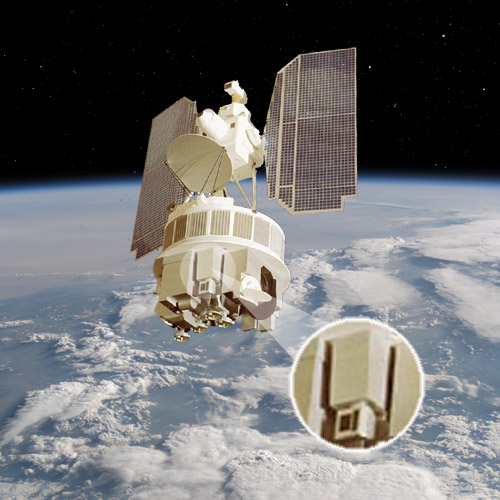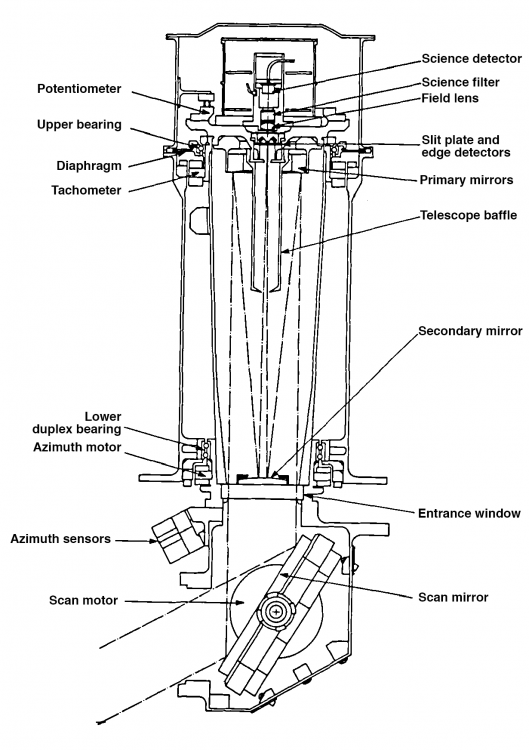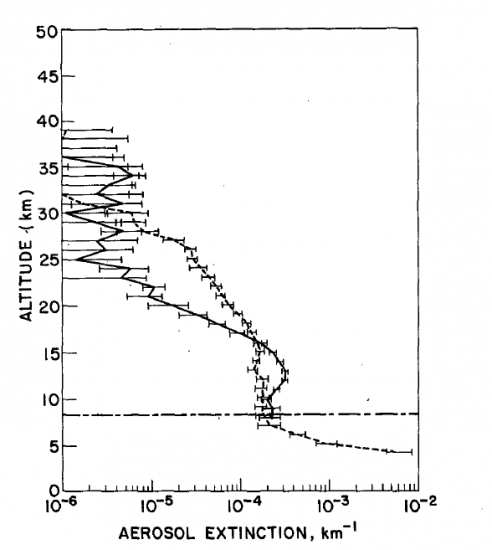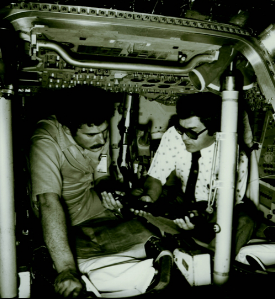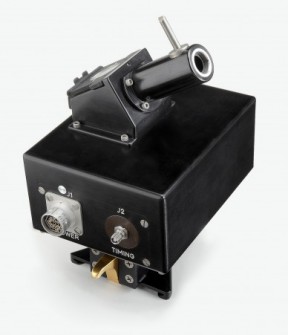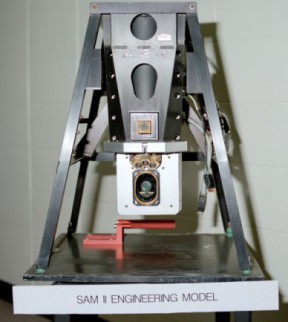Before there was SAGE, there was the Stratospheric Aerosol Measurement experiment, or SAM. SAM paved the way for SAGE. The experiment demonstrated that solar occultation measurements by photometer and camera could be used to determine the vertical distribution of stratospheric aerosols. Consisting of only a sun photometer, used to measure the sun’s intensity, and a camera, the experiment was flown on an Apollo spacecraft during the Apollo-Soyuz Test Project in July 1975. During the 9-day mission solar photographs were taken and measurements were recorded by the photometer.
The observations made by SAM were later verified by a balloon-borne aerosol counter and a ground-based laser system. Success in this experiment led to the launch of SAM II.
The SAM II experiment flew aboard the Nimbus-7 spacecraft from 1978 until 1993. Following the success of the SAM experiment and preceding the first SAGE instrument, SAM II provided vertical profiles of aerosol in both the Arctic and Antarctic polar regions. SAM II was designed to develop a stratospheric aerosol database for the polar regions, allowing studies of aerosol changes due to seasonal and short-term meteorological variations, atmospheric chemistry, cloud microphysics, volcanic activity and other disruptions. Like its successor, SAGE, SAM II was a spectrometer that used solar occultation as its measurement technique. SAM eventually led to the SAGE family of instruments, including SAGE III/ISS.


